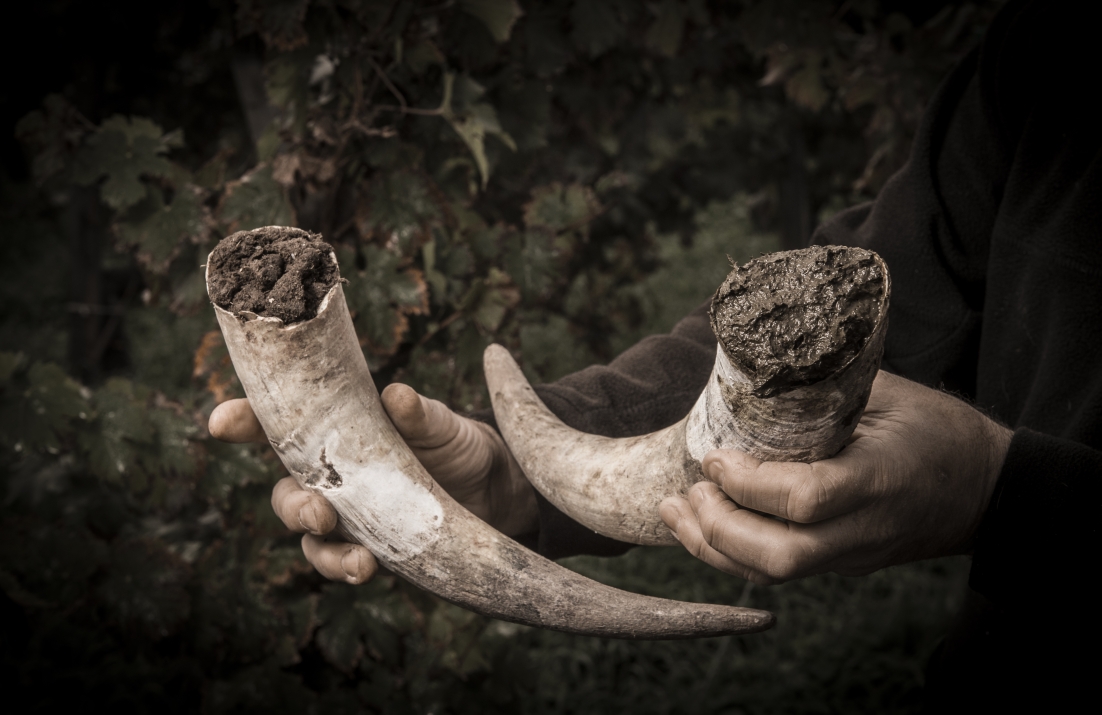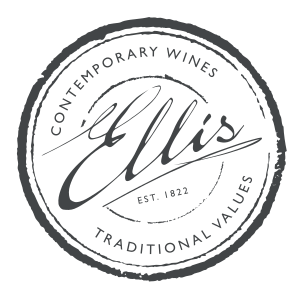Biodynamic Wine

Biodynamic wine production could be described as an extreme version of organic viticulture.
Based on the agricultural theories of Austrian philosopher Rudolf Steiner in the 1920s, it actually pre-dates organics by about 20 years. These practices were first taken up in viticulture in France in 1962 but only really gathered momentum in the 1980s.
Biodynamic viticulture sees three key additions to organic practices:
1. The vineyard has to be a self-sustaining ‘farm organism’
2. Biodynamic ‘preparations’ containing herbs and minerals are used to treat the vineyard
3. Key tasks such as pruning, ploughing, picking and bottling are timed to harness beneficial ‘formative forces’ such as the phases of the moon
Practitioners of biodynamics share a belief that wine quality will keep improving as the reliance on chemical and technological interventions is removed and this view has been backed up by studies showing increased microbial life in biodynamic soils. Additionally, these levels have also been found to be higher on biodynamic vine roots at depths of several metres compared with conventionally and even organically farmed vines, and that the roots were thickest, longest and most able to penetrate the soil, and to assimilate trace elements.
Less scientific and open to scepticism is the use of cow horns, or similar, as vessels for many of the biodynamic preparations mentioned above. Of course, biodynamic viticulture does not guarantee great wines but it can lay the foundation for responsible and sustainable agriculture and the potential for truly terroir driven expression.
